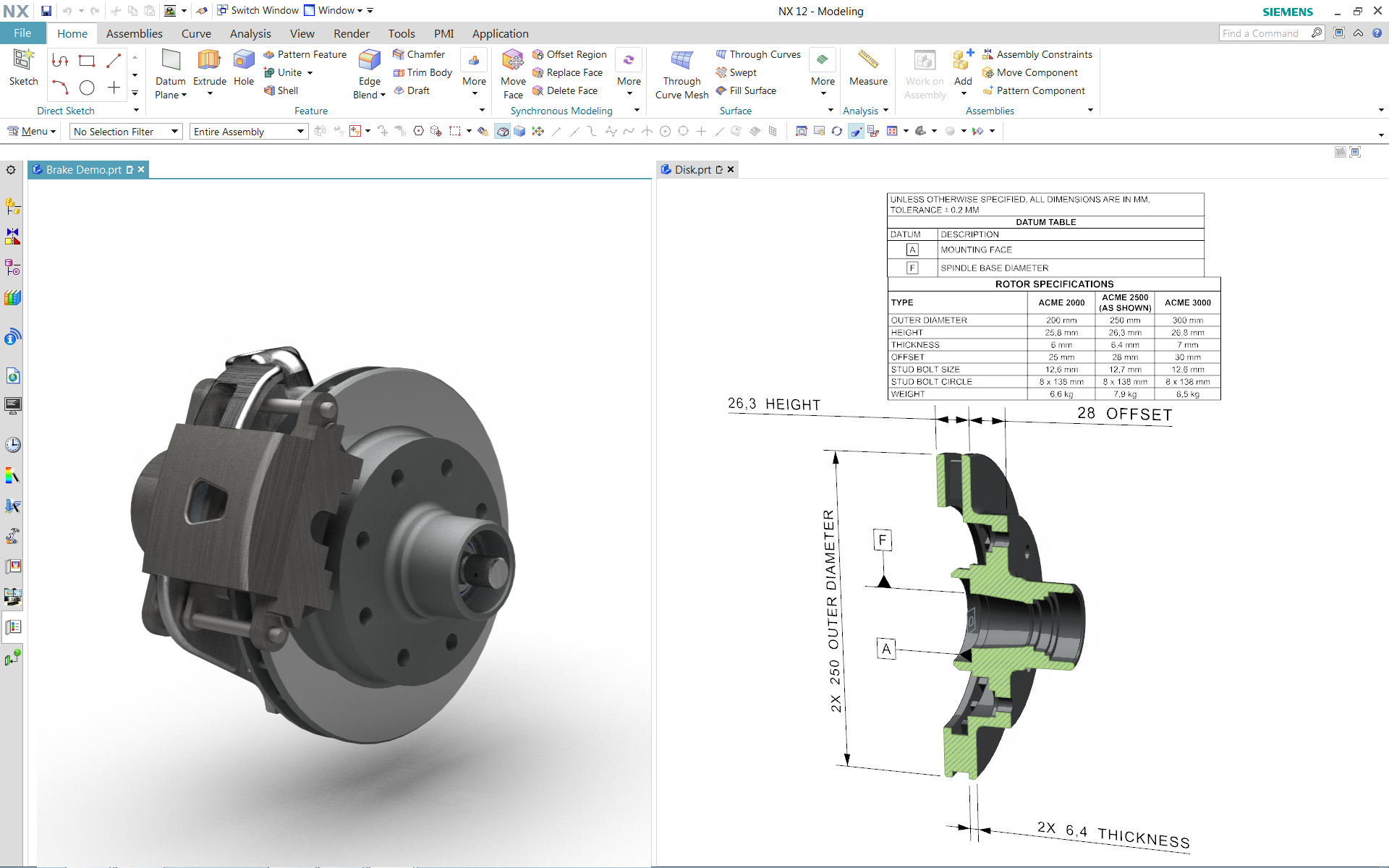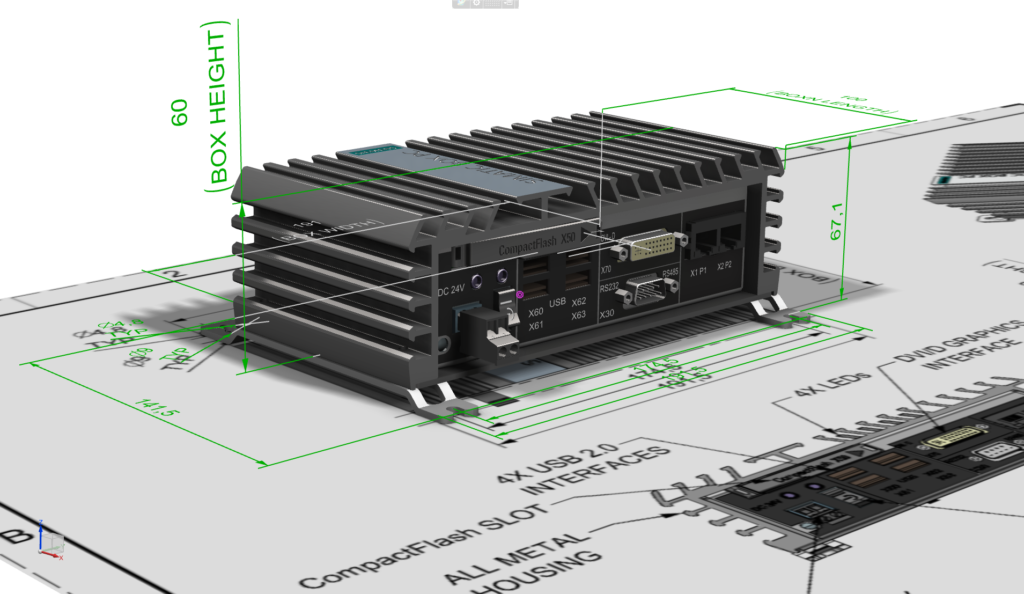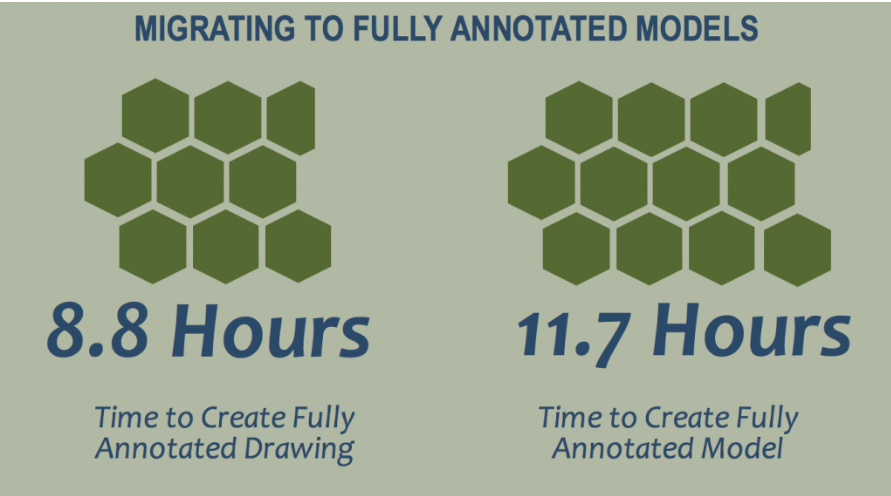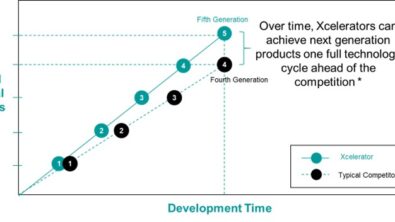Keys to a Successful Model Based Definition Strategy

Stay tuned for future blog posts when I (Dave Wingrave) share more insights on how to optimize your MBD investment.
Today’s product development has changed a lot compared to the product development practices 20 years ago. For many years the traditional drafting practices focused on creating 2D drawings. These documents represented the source of truth. Today, many companies are embracing Model Based Definition (MBD) in order to be more competitive. MBD aims to replace traditional 2D drawing practices with producing rich 3D models containing Product and Manufacturing Information (PMI). While the benefits of Model Based Definition are widely accepted over 2D drafting practices, for some companies identifying the best way to switch is not always easy. Modern product development relies on digitization. Each department takes the digital work of others and builds on it, enhances it and adds value to it. This process undeniably starts in engineering, so organizations must start small and allow engineering to make the transition first and then enabling the other functional departments to the best Model Based Enterprise (MBE) strategy. [1]

When developing a MBD strategy it’s important to understand that not everything that is typically included on a fully annotated drawing should be included when annotating a model. Some drawing-based conventions simply do not apply in the context of a 3D environment. Attempting to replicate all drawing content will increase the effort and ultimately impact your success. Studies show that the time to create a fully annotated 3D model is even higher than creating a fully annotated drawing. Through the Reduced Annotation effort dimensions are only used for quality standards and no longer to locate geometry. [2]
Figure 1 [3]

Many organizations tend to have large amounts of legacy 2D drawings and if they want to leverage this legacy data they must deal with the effort of recreating information from a drawing onto the 3D model. This can be both time consuming and must be manually verified to ensure that relevant 3D information matches the information from the drawing. This can have an impact on transitioning from a drawing-based process to adopting a Model Based Definition strategy. Convert to PMI in NX automatically converts drawing views and objects to model views and PMI objects. These objects include dimensions, GD&T, notes, and more. It is highly customizable with options for drawings, sheets, views, and annotation objects. Convert to PMI enables support for processes based on 3D models with much lower cost and higher quality of data.

While implementing MBD is highly beneficial for a company the reuse of this information is where the real value lies. Model Based Enterprise (MBE) is a process of reusing the MBD by downstream consumers across the enterprise. NX supports the reuse of MBD in downstream and parallel product development processes. With NX, the overall process will be faster and more efficient. Changes can be implemented more easily and with fewer errors. Wasteful re-entry of data is eliminated and multiple users can share the same 3D data. The tool designer, NC programmer and manufacturing engineer can begin work even before the product design is complete. “In a MBE initiative a company augments 3D models with additional information to create new documentation deliverables beyond engineering.” [4] This includes Procurement, where 3D designs are included in the Technical data package, manufacturing where augmented 3D models are used to guide maintenance, production, assembly and quality processes, as well as quality and inspection activities.[5]
Implementing a successful MBD strategy is more than just
downloading software. Siemens NX delivers production-proven, comprehensive
solutions to support Model Based Definition strategies.
[1] Source: A visual tour of the Digital thread, Chad Jackson
[2] Source: The tactical guide to deploying MBE initiatives, Chad Jackson
[3] Source: https://www.lifecycleinsights.com/migrating-to-fully-annotated-models/
[4] Source: https://www.lifecycleinsights.com/tech-guide/model-based-enterprise-mbe/
[5] Source: https://www.lifecycleinsights.com/tech-guide/model-based-enterprise-mbe/



Comments